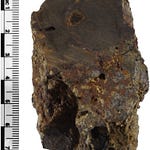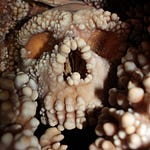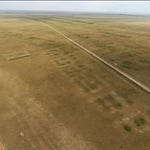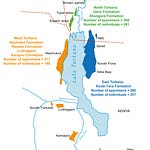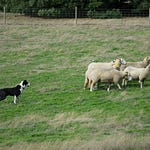In the remote northern reaches of the Isle of Skye, archaeologists have unearthed1 compelling evidence that challenges long-held beliefs about the extent of human migration during the Late Upper Paleolithic period. Recent findings indicate that groups associated with the Ahrensburgian culture, known for their reindeer hunting prowess, may have traversed the harsh landscapes of post-glacial Scotland, reaching areas once thought uninhabitable during the Younger Dryas.

Ahrensburgian Culture: Reindeer Hunters of the Late Paleolithic
The Ahrensburgian culture, dating from approximately 12,900 to 11,700 years ago, is characterized by distinctive tanged points and blade tools. Originating in northern Europe, these nomadic hunter-gatherers adapted to the tundra environments that emerged following the last glacial period, primarily subsisting on reindeer. Their presence has been well-documented across the North German Plain and into southern Scandinavia, but recent discoveries suggest their reach extended further into the British Isles than previously recognized.
Discoveries on the Isle of Skye
At South Cuidrach in northern Skye, a team led by Professor Karen Hardy from the University of Glasgow excavated a 30 m² area, uncovering a lithic assemblage comprising 196 artifacts. These included tanged points, blades, burins, and scrapers, predominantly fashioned from locally sourced baked mudstone. The typology of these tools aligns with Ahrensburgian technology, indicating a Late Upper Paleolithic presence in the region.
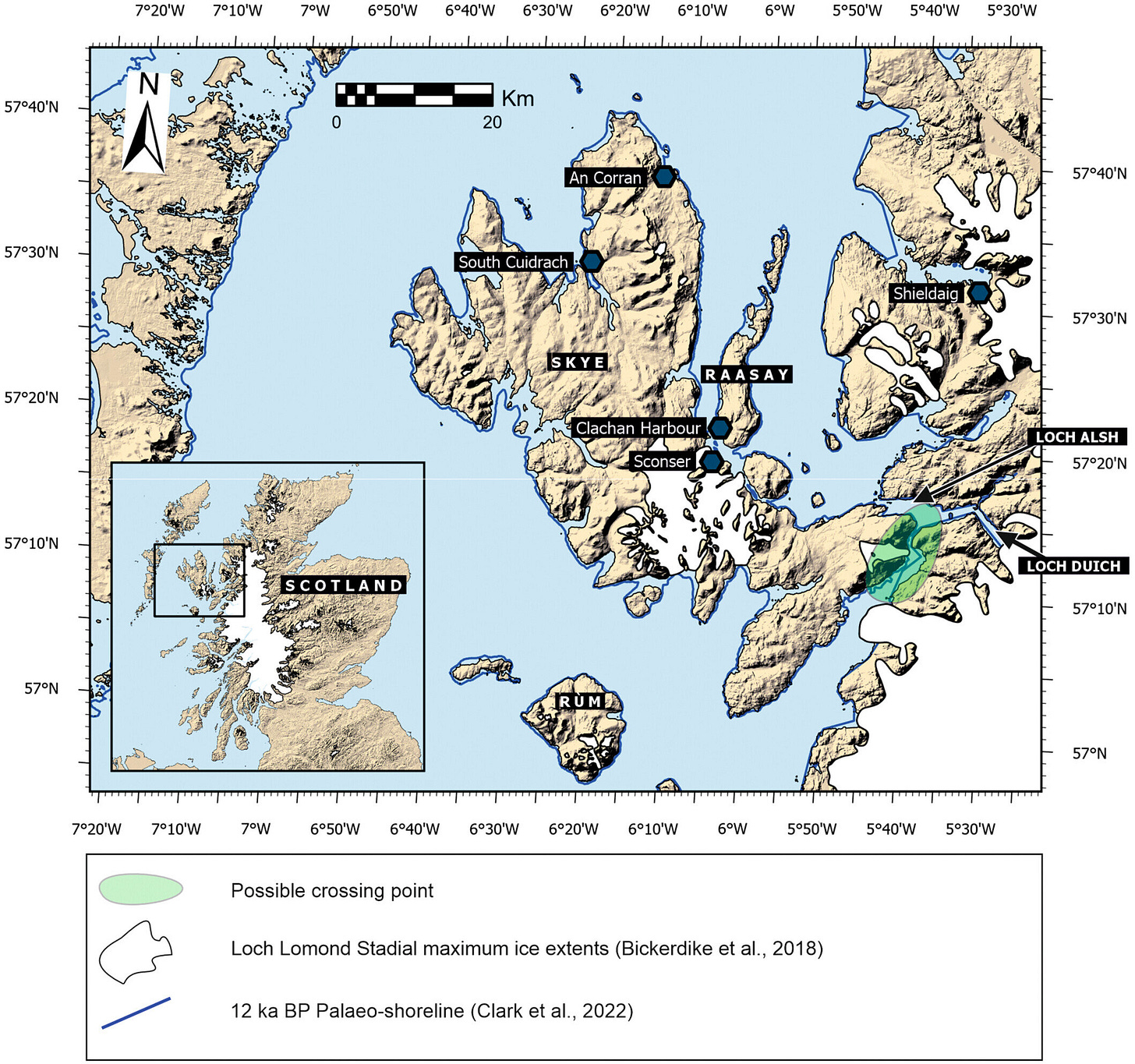
Further investigations at Sconser in central Skye revealed approximately 20 intertidal stone circular alignments, each measuring between 3 to 5 meters in diameter. While lacking direct radiocarbon dates, their positioning within the intertidal zone suggests construction during periods of lower sea levels, potentially in the Early Holocene. These structures may have served as fish traps or tidal hunting features, akin to similar installations found in Scandinavia.
Implications for Human Migration and Settlement
These findings imply that Late Upper Paleolithic groups, likely following migratory reindeer herds, ventured into the challenging terrains of post-glacial Scotland. The presence of Ahrensburgian artifacts on Skye suggests that these hunter-gatherers adapted to the volatile landscapes shaped by retreating glaciers and rising sea levels. Their ability to exploit coastal and riverine resources indicates a level of resilience and adaptability that may have facilitated their expansion into previously uninhabited regions.
Broader Context and Future Research
The discoveries on Skye contribute to a growing body of evidence indicating a more widespread Late Upper Paleolithic presence in Scotland. Similar tanged points and lithic assemblages have been identified in other parts of the country, including Orkney, Tiree, Islay, and the Highlands. These findings challenge earlier assumptions that the region was largely uninhabited during the Younger Dryas due to its harsh climatic conditions.
Further research is needed to establish a more comprehensive understanding of the extent and nature of Ahrensburgian settlement in Scotland. This includes obtaining direct radiocarbon dates for artifacts and structures, as well as conducting paleoenvironmental studies to reconstruct the landscapes these early humans navigated.
The archaeological evidence from the Isle of Skye offers valuable insights into the movements and adaptations of Late Upper Paleolithic hunter-gatherers. The presence of Ahrensburgian artifacts in such a northerly location underscores the capacity of these groups to traverse and inhabit challenging environments. These findings not only enrich our understanding of prehistoric human migration but also highlight the dynamic interplay between humans and their changing environments during the terminal Pleistocene.
Related Research
Ballin, T. B., & Wickham-Jones, C. R. (2017). Rethinking the Scottish Late Upper Palaeolithic: New evidence for human presence in the north-west during the Younger Dryas. Scottish Archaeological Journal, 39(1), 1–17
Mithen, S. J., Wicks, K., & Pirie, A. (2015). A Lateglacial archaeological site in the far north-west of Europe at Rubha Port an t-Seilich, Isle of Islay, western Scotland: Ahrensburgian-style artefacts, absolute dating and geoarchaeology. Journal of Quaternary Science, 30(4), 396–416. https://doi.org/10.1002/jqs.2781
Saville, A., & Ballin, T. B. (2009). Upper Palaeolithic evidence from Kilmelfort Cave, Argyll: A re-evaluation of the lithic assemblage and its significance. Proceedings of the Society of Antiquaries of Scotland, 139, 9–45.
Ballin, T. B., & Saville, A. (2003). An Ahrensburgian-style tanged point from Shieldaig, Wester Ross, Scotland: A re-evaluation of its significance. Lithics, 24, 45–52.
Hardy, K., Barlow, N. L. M., Taylor, E., Bradley, S. L., McCarthy, J., & Rush, G. (2025). At the far end of everything: A likely Ahrensburgian presence in the far north of the Isle of Skye, Scotland. Journal of Quaternary Science. https://doi.org/10.1002/jqs.3718



